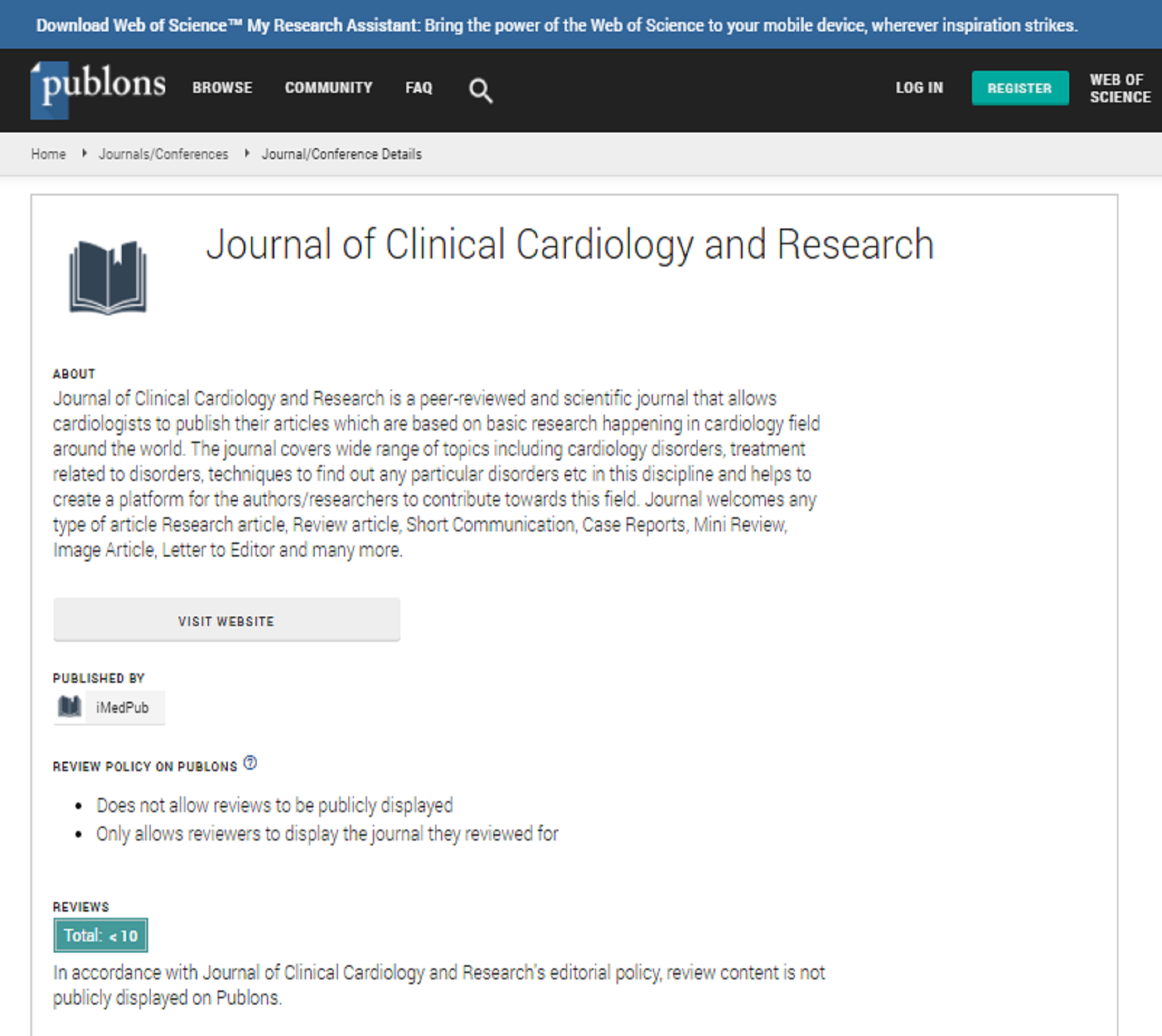Graded phenomenon (Yasser's phenomenon); A novel Electrocardiographic phenomenon change the arrhythmia directory; retrospective-observational study
International Conference on Heart and Cardiovascular Diseases
July 21, 2021 | WEBINAR
Yasser Mohammed , Hassanain Elsayed
Middlesex University, Egypt
ScientificTracks Abstracts: J Clin Cardiol Res
Abstract
Background: Arrhythmias are one of the most serious disorders in cardiovascular and clinical medicine. Understanding the pathogenesis and mechanisms of arrhythmias is very advantageous to the appropriate management and treatment of all arrhythmia types. The “Graded phenomenon” is a novel directory phenomenon for understanding the arrhythmia. The principal of “Graded phenomenon” is based on catching the graded changes in serial ECG tracings or even single one regarding the arrhythmias. Method of study and patients: My case study was an observational retrospective for a 30 case report series. The study was conducted in both Fraskour Central Hospital (Intensive Care Unit, and emergency room) and Physician Outpatient Clinic. The author reported the 30-cases thorough nearly 4 years, started from Jan 13, 2016, and, ended on February 9, 2020. Results: The age mean is 58.3 years with male sex predominance (56.67%). The changes in graded phenomenon are classified into: Up-grading; 20%, down-graded; 10%, changed to NSR; 43.33%, changed to AF; 3.33%, changed to sinus tachycardia; 3.33%, therapeutic reversal; 3.33%, fixed –change; 10%, and variable change; 6.67%. The risk in the graded phenomenon is either high (40%), non-risk (43.33%), or still-risk (16.67%). The course in the graded phenomenon is either progressive (43.33%), regressive; 10%, intermittent; 6.67%, constant; 16.67%, transient; 20%, and non-fixed variation; 3.33%. Conclusions: Graded phenomenon (Yasser’s phenomenon) is a novel electrocardiographic phenomenon change the arrhythmia directory. It is a crucial step for understanding arrhythmia. The phenomenon is a new strong guide for monitoring and follows up arrhythmic patients in cardiovascular patients.
Biography
An editorial member in several medical journals e.g. Anaesthesia & Surgery Open Access Journal (ASOAJ), Journal of Clinical & Community Medicine (JCCM), Annals of mental health and addiction sciences, Research and Reviews on Healthcare Open Access Journal (RRHOAJ), International Journal of Clinical Case Reports and Reviews, International Journal of Clinical and Medical Case Reports (IJCMCR), Journal of MAR Cardiology, Research International Journal of Anesthesiology.
Google Scholar citation report
Journal of Clinical Cardiology and Research peer review process verified at publons
Abstracted/Indexed in
- Google Scholar
- Publons
Open Access Journals
- Aquaculture & Veterinary Science
- Chemistry & Chemical Sciences
- Clinical Sciences
- Engineering
- General Science
- Genetics & Molecular Biology
- Health Care & Nursing
- Immunology & Microbiology
- Materials Science
- Mathematics & Physics
- Medical Sciences
- Neurology & Psychiatry
- Oncology & Cancer Science
- Pharmaceutical Sciences

